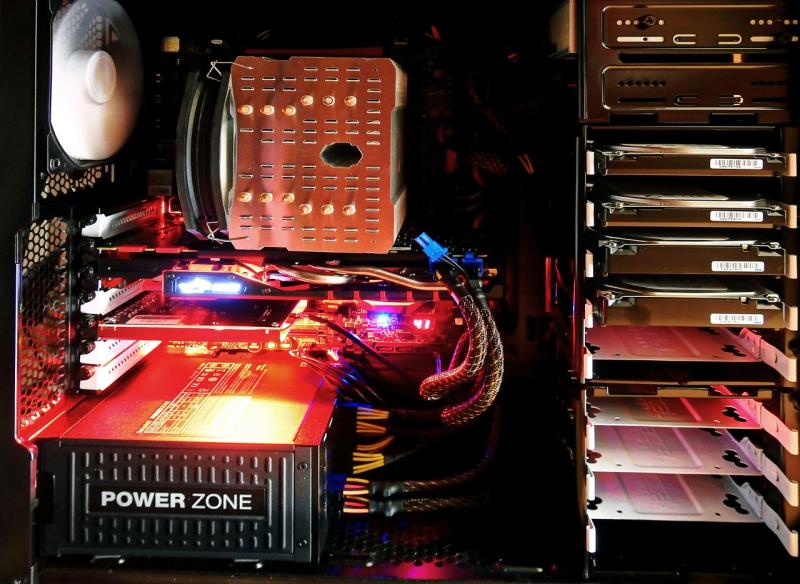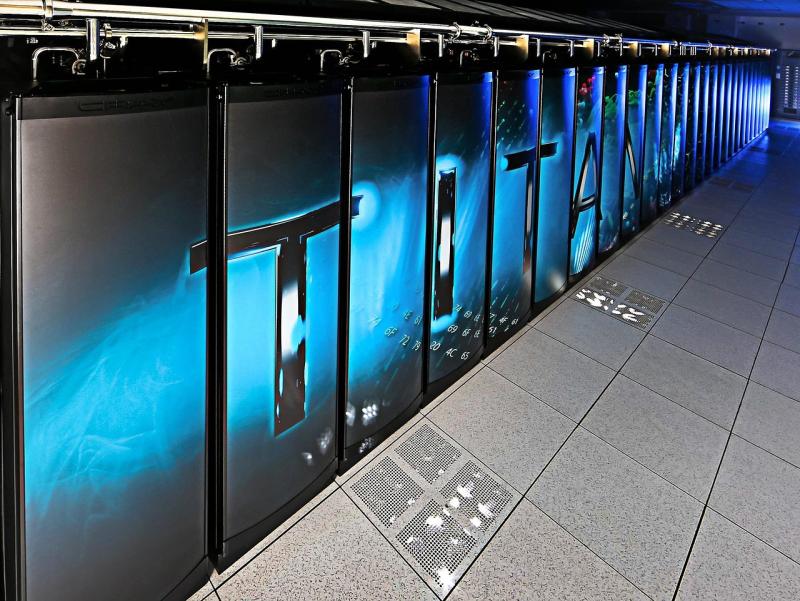A High-Performance Workstation for Environmental Modeling
As the world increasingly relies on spatial data to drive decisions, urban planning, environmental monitoring, and resource management, the demand for computing power to process, analyze, and visualize GIS data has never been greater. A custom PC built specifically for Geographic Information Systems (GIS) and spatial analysis is not merely a desktop computer—it is a high-performance workstation engineered to handle massive datasets, complex modeling, real-time mapping, and advanced image processing. This guide details the critical hardware components, software optimizations, and design strategies needed to build a robust, future-proof GIS workstation.
---
#### Introduction: The Role of GIS in Today's World
GIS technology transforms raw spatial data into actionable insights by overlaying maps with layers of demographic, topographic, and environmental information. Professionals in urban planning, environmental engineering, natural resource management, and disaster response rely on GIS tools to make informed decisions. Building a custom PC for GIS ensures you have the speed, precision, and scalability required for tasks such as remote sensing analysis, 3D terrain modeling, and the integration of dynamic data streams from sensors and satellites.
---
#### High-Performance Processing: The Core of Spatial Analysis
**Multi-Core CPUs**
- **Robust Multi-Threading:**
For GIS applications that involve data rendering, spatial analysis, and simulation, a high-end multi-core processor is vital. Processors like Intel’s Core i9, AMD’s Ryzen 9, or Threadripper series deliver the core count and clock speeds necessary for running multiple GIS software instances concurrently and handling computationally intensive algorithms.
- **Real-Time Data Processing:**
When processing real-time sensor data or large-scale mapping files, hardware virtualization support (such as Intel VT-x or AMD-V) enables the creation of isolated environments for testing and simulation without impacting overall performance.
---
#### Graphics Acceleration: Bringing Spatial Data to Life
**Dedicated Graphics Cards**
- **Professional-Grade GPUs:**
High-end graphics cards, such as NVIDIA’s Quadro RTX or AMD’s Radeon Pro series, are essential for rendering high-resolution maps and 3D terrains. These GPUs not only support advanced visualizations but also accelerate computationally heavy tasks such as orthorectification, radiometric corrections, and 3D modeling.
- **GPU Compute Frameworks:**
Leveraging GPU acceleration through frameworks like CUDA or OpenCL can significantly reduce processing times in image classification, segmentation, and multi-layer analysis—improving real-time responsiveness in spatial studies.
---
#### Memory and Storage: Managing Massive GIS Datasets
**Ample RAM**
- **High-Capacity and Speed:**
Since GIS applications often manipulate multi-gigabyte datasets and high-resolution imagery, equipping your system with 32GB of high-speed DDR4/DDR5 memory is essential; advanced workflows may benefit from 64GB or more. This ensures efficient multitasking and smooth performance when executing complex spatial queries and running virtual environments.
**Ultra-Fast Storage**
- **NVMe SSDs for Active Projects:**
An NVMe SSD as your primary drive drastically reduces boot times and allows rapid access to huge GIS databases, satellite imagery, and mapping project files.
- **Hybrid Storage Solutions:**
Complement the primary NVMe drive with additional high-capacity SATA SSDs or RAID-configured HDDs for data archiving. This balanced approach provides both speed for active analysis and volume for preserving historical datasets, ensuring data redundancy and integrity.
---
#### Connectivity and I/O: Linking the Data Ecosystem
**High-Speed Interfaces and Networking**
- **Comprehensive I/O:**
A motherboard equipped with multiple USB 3.2 ports, Thunderbolt connections, and several display outputs ensures seamless integration with external devices like scanners, digitizers, and external backup drives necessary for field data collection.
- **Network Connectivity:**
Gigabit Ethernet or even Wi-Fi 6 adapters ensure fast, reliable data transfers when connecting to institutional servers or cloud-based GIS services—minimizing latency during collaborative projects and dynamic mapping exercises.
---
#### Dedicated Displays and Ergonomic Workspace
**Optimal Visuals for Detailed Analysis**
- **High-Resolution, Color-Accurate Monitors:**
For spatial analysis and 3D mapping, invest in professional-grade monitors that offer 4K resolution, wide color gamut coverage (supporting Adobe RGB or DCI-P3), and IPS panels. These displays help reveal subtle details in satellite imagery and elevation data, ensuring accuracy in visual interpretation.
- **Multi-Monitor Setup:**
A multi-monitor configuration increases desktop real estate, enabling simultaneous viewing of GIS applications, statistical charts, and real-time mapping dashboards. Ergonomic monitor arms and anti-glare screens enhance comfort during extended sessions of data analysis.
**Ergonomic Considerations**
- **Workspace Comfort:**
Designing an ergonomic workspace with adjustable chairs, monitor stands, and minimal cable clutter helps reduce physical strain. A tidy setup fosters focus and creativity, essential for managing complex datasets and drawing insightful conclusions.
---
#### Cooling, Stability, and Energy Efficiency
**Efficient Thermal Management**
- **Active and Passive Cooling Solutions:**
Choose high-quality, low-noise fans or consider a custom liquid cooling loop to keep the CPU and GPU at optimal temperatures during long mapping sessions. A chassis engineered with strategic airflow and dust filters ensures stable, continuous operation, particularly in an environment where the system may run 24/7.
- **Reliable Power Delivery:**
An 80 PLUS Gold or Platinum certified power supply with ample wattage overhead provides clean, stable power to all components. For mission-critical GIS applications, integrating an uninterruptible power supply (UPS) further protects against power fluctuations or outages, ensuring continuous data integrity.
---
#### Software Optimization and Long-Term Maintenance
**Operating System and GIS Software Configuration**
- **Streamlined Operating Environment:**
Deploy a dedicated operating system configured specifically for GIS and spatial analysis—whether a custom Linux distribution or a Windows installation optimized for performance. Minimize background tasks and disable unnecessary services to allocate maximum resources to GIS applications.
- **Regular Updates and Driver Management:**
Keeping drivers, firmware, and GIS applications up-to-date is essential for maintaining compatibility with the latest spatial data standards and computational enhancements.
- **Automation and Monitoring Tools:**
Utilize performance monitoring and diagnostic software to track system metrics such as CPU load, temperature, and memory usage. Automated backup routines and RAID configurations help protect your valuable data, ensuring that your workstation remains reliable and secure over the long term.
---
#### Future-Proofing and Scalability for Advancing Technologies
**Modular and Upgradeable Architecture**
- **Flexible Motherboard Design:**
Select a motherboard with extra DIMM slots, multiple PCIe lanes, and additional storage interfaces. This enables easy future upgrades—whether increasing memory capacity, adding more GPUs for accelerated processing, or incorporating new connectivity options as GIS technologies evolve.
- **Cloud-Integrated Hybrid Workflows:**
Consider integrating cloud-based rendering or data processing services to complement local processing power. This hybrid approach allows you to quickly scale intensive tasks during peak periods while maintaining a local, uninterrupted workflow.
- **Continuous Benchmarking:**
Regularly assess system performance against evolving GIS demands. Detailed benchmarking and performance logs help inform future hardware upgrades and ensure that your investment remains capable of handling the challenges of tomorrow’s spatial analysis tasks.
---
#### Conclusion: Empowering Spatial Intelligence and Innovation
A custom PC for Geographic Information Systems and spatial analysis is a strategic investment that transforms raw spatial data into actionable insights. By combining a high-performance multi-core CPU, professional-grade GPU acceleration, ample and fast memory, versatile connectivity, and a high-resolution multi-monitor setup, you craft a workstation capable of meeting the most demanding data visualization and simulation needs. This future-proof, scalable system not only accelerates research and decision-making in environmental and urban planning but also stands ready to evolve alongside emerging GIS technologies—empowering professionals to shape a smarter, more connected world.
---
### SEO Keywords:
custom PC for GIS, GIS workstation, high-performance spatial analysis PC, geographic information system computer, NVMe SSD GIS, multi-core CPU for GIS, professional GPU for mapping, scalable GIS workstation, multi-monitor GIS PC, future-proof spatial analysis system, ergonomic GIS workstation, advanced GIS computing PC.
View our related products
See more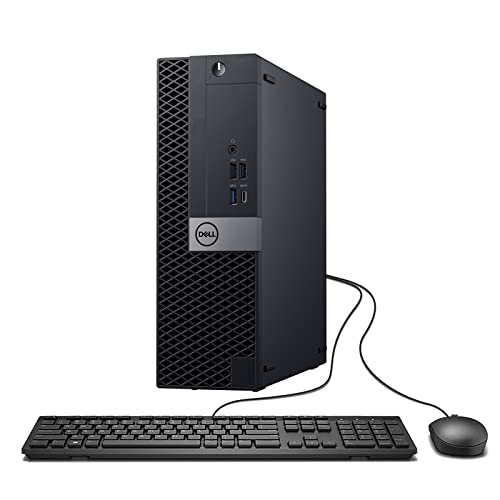
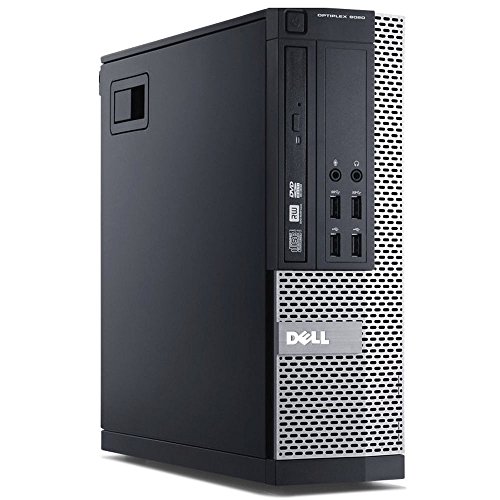
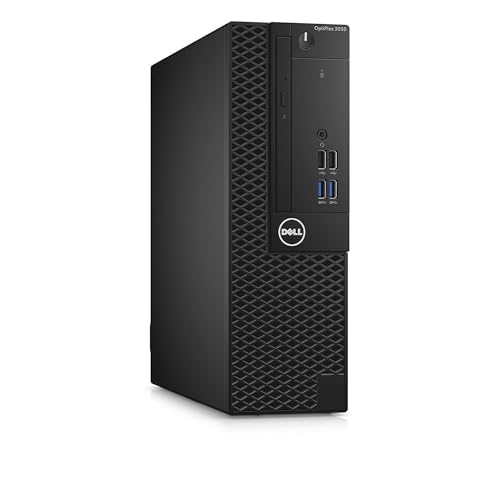
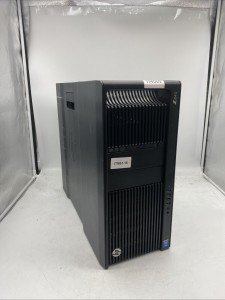
Custom PC for Geographic Information Systems (GIS) and Spatial Analysis
Related Articles
Essential High-Performance PC Components You Need Now
Upgrade your setup with the must-have parts for unbeatable gaming and productivity
Top Picks for Best High-Performance PCs
Find the perfect power machine for gaming, work, or creative projects
Your Guide to the Best High-Performance PCs
Find the Right PC for Your Gaming and Creative Needs
View our related products
See more



